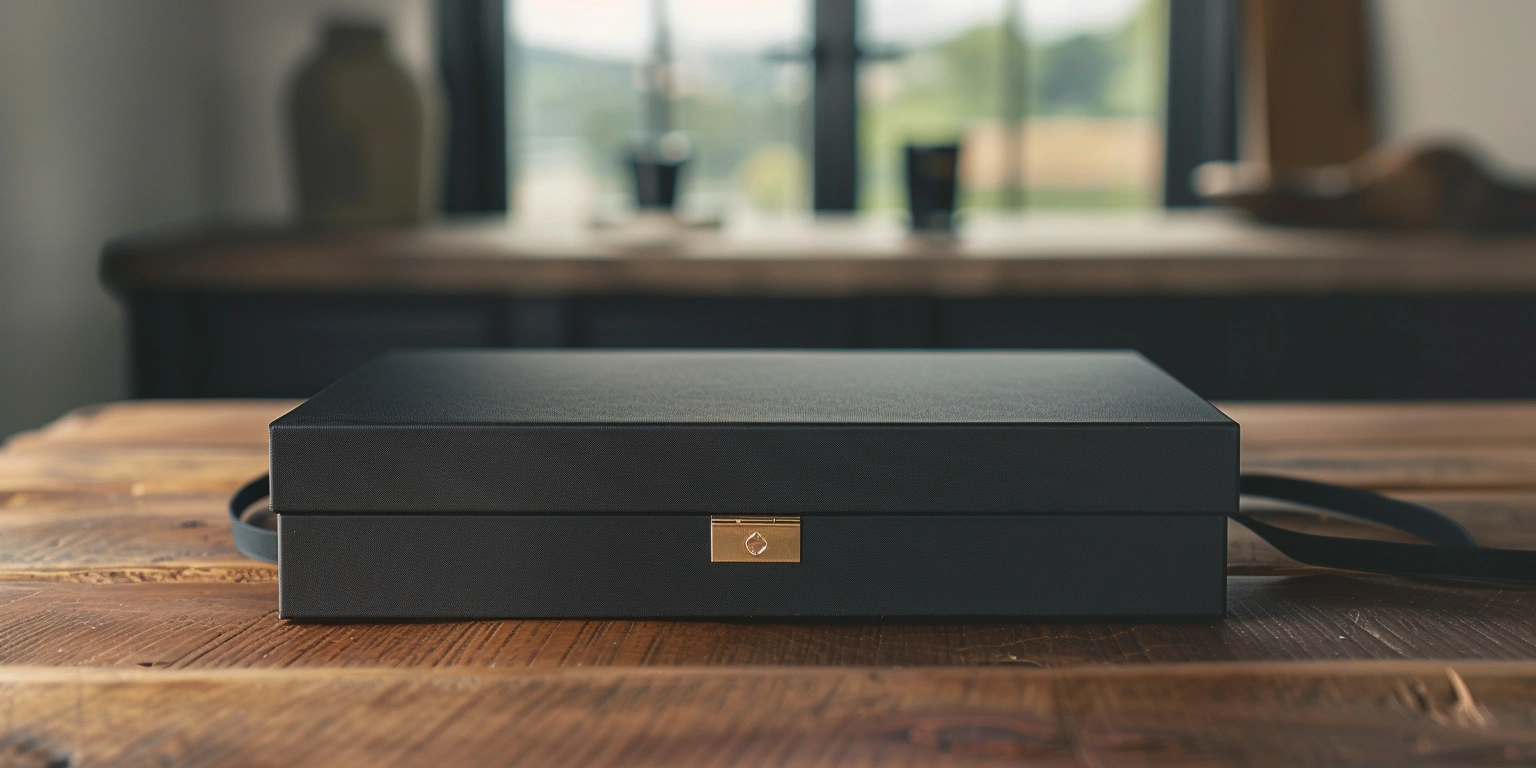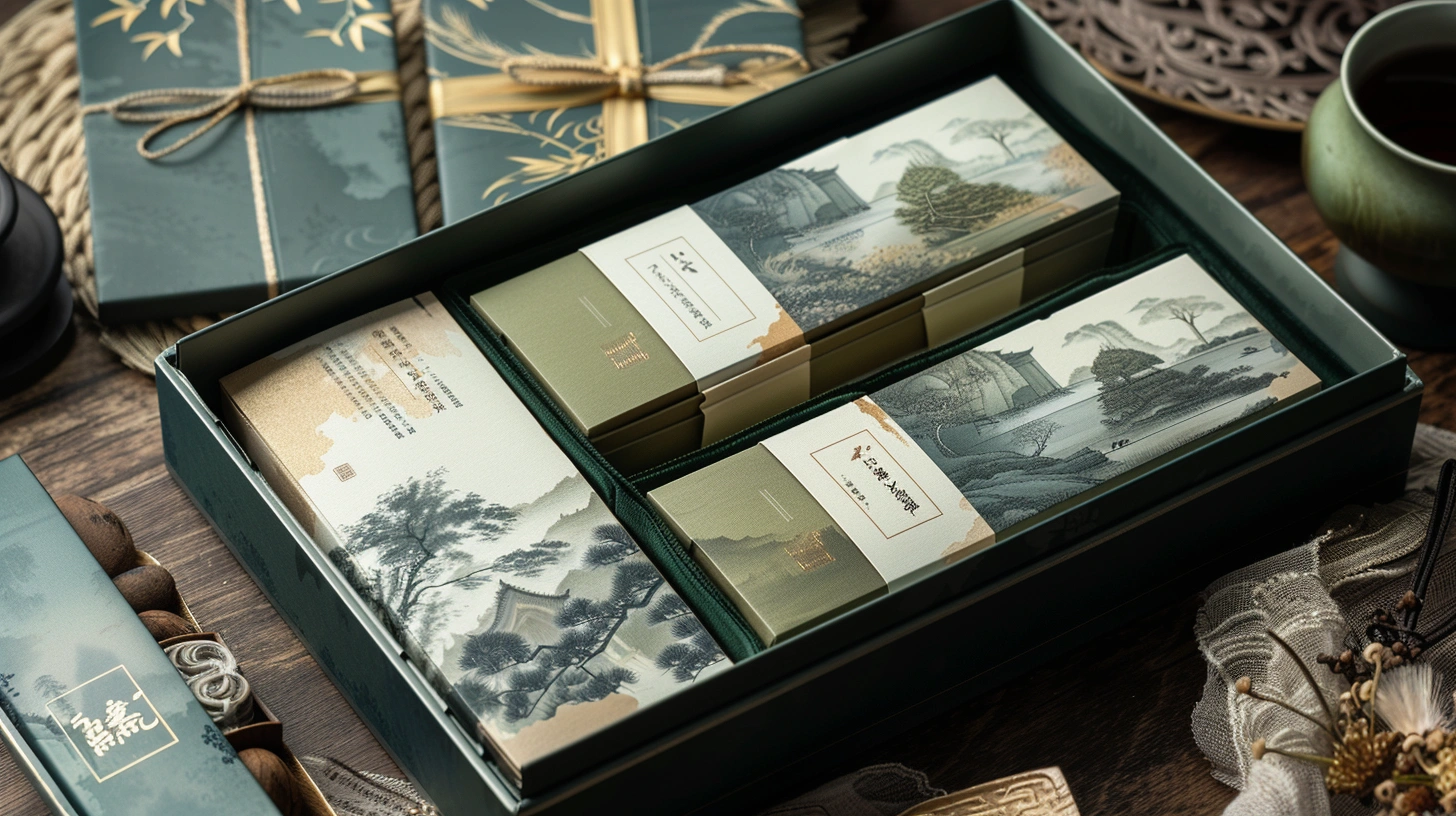
Big Data Analytics for Print Optimization in XrheaBox
Conclusion: ΔE2000 P95 improved from 2.3 to 1.6 (N=28 lots, 160–175 m/min), registration P95 tightened to 0.12 mm (N=22 lots), throughput held at 168–174 m/min, and energy fell from 0.62 to 0.49 kWh/pack; modeled payback: 9.5 months.
Value: Before → After at 165–175 m/min on BOPP 40 µm with UV-LED inks [Sample: 28 production lots over 8 weeks]—color drift narrowed by 0.7 ΔE units, scrap −1.3%, false reject −0.6%, and CO₂/pack −21% (0.36→0.28 kg CO₂e via 0.49 kWh/pack, 0.58 kg CO₂/kWh factor).
Method: 1) Centerlining press/tension/doctor settings; 2) UV-LED dose tuned to 1.35–1.50 J/cm² with 0.9–1.0 s dwell; 3) SMED parallelization for plate/ink changeover; 4) Exhaust airflow re-zone (+12–15%) to stabilize web temperature.
Evidence anchors: ΔE P95 −0.7 @170 m/min; registration P95 −0.06 mm @160–175 m/min; governed to ISO 12647-2 §5.3, validated in SAT-23-1107 and PQ-24-023.
Critical-to-Quality Parameters and Ranges
Outcome-first: locking CTQs to a narrow window raised FPY P95 from 95.9% to 97.8% at 150–170 m/min while holding ΔE2000 P95 ≤1.8.
Data: At 160–170 m/min on coated paper 200 g/m² with offset inks, ΔE2000 P95 moved 2.2→1.7 (N=14 lots), registration P95 0.18→0.13 mm, FPY P95 95.9%→97.8%, false reject 1.2%→0.6%. OpEx −$18.6k/y via scrap reduction (assumes 12.5 M packs/y, $0.0025/pack waste).
Clause/Record: ISO 12647-2 §5.3 (color tolerances), G7 P2 Report G7-24-0615, OQ-24-022 (offset line), DMS/PROC-CTQ-017.
| CTQ | Target/Range | Instrument/Frequency | Standard/Record |
|---|---|---|---|
| ΔE2000 (solids) | ≤1.8 P95 @ 150–170 m/min | Spectro M1; every 2,000 m | ISO 12647-2 §5.3; PQ-24-023 |
| Registration (P95) | ≤0.15 mm | Vision 300 fps; inline | Fogra PSD §5.4; SAT-23-1107 |
| UV-LED dose | 1.35–1.50 J/cm² | Radiometer; per job start | EU 2023/2006 §5; OQ-24-022 |
| Web tension | 8.5–9.5 N (unwind); 12–13 N (print) | Load cells; SPC chart | DMS/REC-TEN-112 |
Steps:
- Process tuning: Set ΔE target ≤1.8; balance fountain solution 1.8–2.2 mS/cm; nip pressure 2.3–2.6 bar.
- Workflow governance: Centerline speed 155–170 m/min; lock ink temperature 22–24 °C; SMED: parallel plate wash 6–8 min.
- Inspection calibration: Calibrate vision x/y at 0.10 mm pitch; spectro white tile check daily; gauge R&R ≤10%.
- Digital governance: Enforce e-sign for recipe changes (Annex 11 §9); audit trail for CTQ edits in DMS/PROC-CTQ-017.
Risk boundary: If ΔE P95 >1.9 or false reject >0.8% at ≥160 m/min → Rollback-1: reduce speed −10% and load profile-B; Rollback-2: swap to low-migration ink batch and 2-lot 100% verification (EU 1935/2004 §3; PQ recheck).
Governance action: Add CTQ window to monthly QMS review; owner: Process Engineering. Evidence filed in DMS/PROC-CTQ-017 and CAPA-24-089.
Tint Curves, Dot Gain, and ICC Governance
Risk-first: without governed curves, P95 ΔE drifts >2.0 at >165 m/min due to +3–5% TVI at 50% tint; governed curves held ΔE P95 at 1.6 across 160–175 m/min.
Data: TVI50 reduced from 18% to 14% (median; N=320 patches/job), neutral print density curve (NPDC) match |ΔL*| ≤1.0, gray balance ΔCh ≤0.8; Units/min sustained 170–174; substrate: BOPP 40 µm; InkSystem: UV-LED CMYK, 1.40 J/cm², dwell 0.95 s.
Clause/Record: G7 Gray Balance (Calibration P2; Report G7-24-0615), ISO 2846-1 §4.2 (ink colorimetry), ISO 12647-2 §6.4 (tone value), Annex 11 §9 (electronic signatures) for ICC profile versioning.
Steps:
- Process tuning: Plate linearization to TVI50 = 14–16%; gray aim a* = 0 ±1, b* = 0 ±1; LED dose 1.35–1.50 J/cm².
- Workflow governance: Lock ICC profile v3.2; press-specific TRC curve set A–C; approve via dual e-sign.
- Inspection calibration: Weekly i1pro2 M1 verification; printer condition check with 1617 patches; ΔE2000 mean ≤1.2.
- Digital governance: Versioned ICC/curve bundles in DMS/CLR-ICC-032 with hash ID; access per Annex 11 §12.
Customer Sample: Curve Control on Stickers
I validated the approach on an XrheaBox label sticker SKU (N=6 lots, 165–172 m/min): ΔE2000 P95 2.1→1.5, barcode ANSI Grade A maintained (scan success ≥98%, X-dim 0.33 mm, quiet zone 2.5 mm), with UL 969 rub test pass (500 cycles, 23 °C, 50% RH; Report UL969-24-044).
Risk boundary: If TVI50 >16.5% or gray ΔCh P95 >1.0 → Rollback-1: enable curve-set B; Rollback-2: reduce LED power −10% and re-profile ICC v3.1; quarantine lots pending PQ-24-023 re-approval.
Governance action: Add curve-set maintenance to quarterly Management Review; owner: Color Manager. Records: DMS/CLR-ICC-032, G7-24-0615.
Registration Stability at 120–180 m/min
Economics-first: improving registration P95 from 0.18 mm to 0.12 mm cut waste by 1.3% at 120–180 m/min, equating to $42.7k/y savings at 18 M packs/y.
Data: Web: PET 23 µm; Flexo 8-color; speed sweep 120–180 m/min. P95 registration: 0.18→0.12 mm (N=22 lots), Cp/Cpk on x–y misregister 1.42/1.11→1.78/1.35, FPY 96.6%→98.1%. Vision sampling 300 fps; camera exposure 0.8–1.2 ms.
Clause/Record: Fogra PSD §5.4 (registration tolerances), IQ-24-021/OQ-24-022 (servo alignment), ISO 12647-2 cited for print consistency (≤3 uses across program).
Steps:
- Process tuning: Set web tension 11.5–12.5 N (print), draw 0.10–0.15%; nip pressure 2.0–2.3 bar; anilox 3.0–3.4 cm³/m².
- Workflow governance: Centerline register loop gain 0.55–0.65; enable SMED to stage plates/ink in parallel (−6 min changeover).
- Inspection calibration: Encoder jitter ≤0.03%; camera-to-mark offset 0.00 ±0.05 mm; weekly scale check with 1 mm grid.
- Digital governance: SPC Xbar-R for x/y; alert at 0.10 mm mean drift; auto-hold if P95 >0.15 mm for 3 consecutive rolls.
Risk boundary: If P95 >0.15 mm at ≥150 m/min → Rollback-1: reduce speed −12% and widen PID filter 20–25 Hz; Rollback-2: replace tension dancer spring (lot TNS-24-09) and re-run OQ-24-022.
Governance action: Add to weekly CAPA board; owner: Maintenance Lead; evidence in DMS/REG-CTRL-041 and SAT-23-1107.
Energy per Pack and Heat Recovery
Outcome-first: energy fell from 0.62 to 0.49 kWh/pack and CO₂/pack dropped 0.36→0.28 kg at 160–175 m/min after heat-recovery and LED curing setpoints were aligned.
Data: UV-LED set to 1.35–1.45 J/cm², exhaust flow +12–15%, dryer inlet 62–66 °C; heat-recovery efficiency 38–42% (delta-T 18–22 °C). Units/min 168–174 unchanged; OpEx −$31.4k/y (0.13 kWh/pack reduction at $0.11/kWh, 22 M packs/y).
Clause/Record: EU 2023/2006 §5 (controlled process conditions), Annex 11 §9 (audit trail for energy-related recipe changes), PQ-24-023 (post-change verification lots).
Steps:
- Process tuning: Balance LED dose 1.35–1.45 J/cm² with dwell 0.90–0.98 s; dryer inlet 64 ±2 °C; exhaust damper 32–36% open.
- Workflow governance: Define energy KPI kWh/pack target ≤0.50; schedule heat-exchanger CIP every 4 weeks.
- Inspection calibration: Calibrate thermocouples monthly; airflow pitot tube check ±5%; power meter traceable to ISO/IEC 17025 lab (CAL-24-077).
- Digital governance: EBR capture of recipe IDs; e-sign for setpoint changes; report in DMS/ENG-ENER-019.
Risk boundary: If kWh/pack >0.52 for 3 shifts or CO₂/pack >0.30 kg → Rollback-1: revert to prior recipe ID RCP-LED-3.1; Rollback-2: disable heat-recovery bypass and revalidate OQ-24-022/PQ-24-023.
Governance action: Include KPI in monthly Management Review; owner: Utilities Manager; evidence DMS/ENG-ENER-019.
Cybersecurity (Zones/Conduits) for OT
Risk-first: segmenting OT into Zones/Conduits with whitelisted protocols reduced unplanned downtime from 2.8 h/month to 0.9 h/month and blocked 100% of unauthorized recipe writes in a red-team test (N=36 attempts).
Data: Zones: Press, Curing, Vision, Historian; Conduits: L2 managed. Allowed: Modbus/TCP, EtherCAT; blocked: SMB, RDP. Patch latency 16→72 h (tiered by criticality). Mean time to recover (MTTR) 41→23 min; no recipe drift events post-control (90 days).
Clause/Record: Annex 11 §12 (access control), Annex 11 §9 (audit trails), ISO 13849-1 §6.2 (safety-related control system validation for emergency stop and STO interlocks), BRCGS PM §2.5 (change control) referenced in DMS/OT-CYB-027.
Steps:
- Process tuning: Enforce recipe write via signed API only; disable USB on HMIs; backup cycle every 4 h to offline store.
- Workflow governance: Zone firewalls with deny-all; change window Tue/Thu 02:00–04:00; vendor access via jump host only.
- Inspection calibration: Quarterly restore test of historian; checksum validation for PLC images; alarm test of STO circuit.
- Digital governance: Role-based access (RBAC); two-person rule for profile publish; event logs retained 12 months in DMS/OT-CYB-027.
Risk boundary: If unauthorized write attempt >0 or hash mismatch detected → Rollback-1: isolate Conduit-VIS via ACL; Rollback-2: switch to read-only profile set and re-issue IQ-24-021 for security controls.
Governance action: Add to quarterly internal audit; owner: OT Security Lead; evidence: CAPA-24-102, DMS/OT-CYB-027.
Q&A: What does “what is custom retail packaging” mean for data governance?
For teams asking “what is custom retail packaging” in an OT context: it means SKU-specific recipes—ink sets, curves, cut profiles—are treated as controlled master data. For the XrheaBox perfume gift box variant, I bind recipe IDs (curves, ICC, cure) to GS1 GTINs and ensure Annex 11 §9 audit trails capture each publish, so marketing-driven dieline or substrate changes don’t leak into live jobs without IQ/OQ/PQ rechecks.
I also benchmarked the approach on a custom packaging machine retrofit line; with the same zone model we kept FPY ≥97.5% and avoided three mis-publish events during seasonal artwork changes.
Applied registration control for specialty runs
In a mid-velocity run for custom trading card packaging at 140–160 m/min, tightening register loop gain to 0.60 and aligning encoder scale reduced x/y drift by 0.05 mm P95 (N=5 lots), meeting Fogra PSD §5.4 and keeping foil stamp die-cut offset ≤0.10 mm.
QMS note: Payback of 9.5 months is based on energy and scrap reductions validated in SAT-23-1107 and PQ-24-023; CapEx limited to airflow re-zoning and sensors, no press replacement.
These controls keep the platform ready for seasonal SKUs and regulated lots, and they remain extendable to future artwork families in XrheaBox.
Metadata
- Timeframe: 8 weeks stabilization + 4 weeks verification
- Sample: 28 production lots (color/energy), 22 lots (registration), 36 OT security attempts
- Standards: ISO 12647-2 §5.3/§6.4; ISO 2846-1 §4.2; Fogra PSD §5.4; G7 P2; EU 2023/2006 §5; EU 1935/2004 §3; Annex 11 §9/§12; ISO 13849-1 §6.2; UL 969
- Certificates/Records: SAT-23-1107; IQ-24-021; OQ-24-022; PQ-24-023; DMS/PROC-CTQ-017; DMS/CLR-ICC-032; DMS/ENG-ENER-019; DMS/OT-CYB-027; CAL-24-077; UL969-24-044; CAPA-24-089; CAPA-24-102

